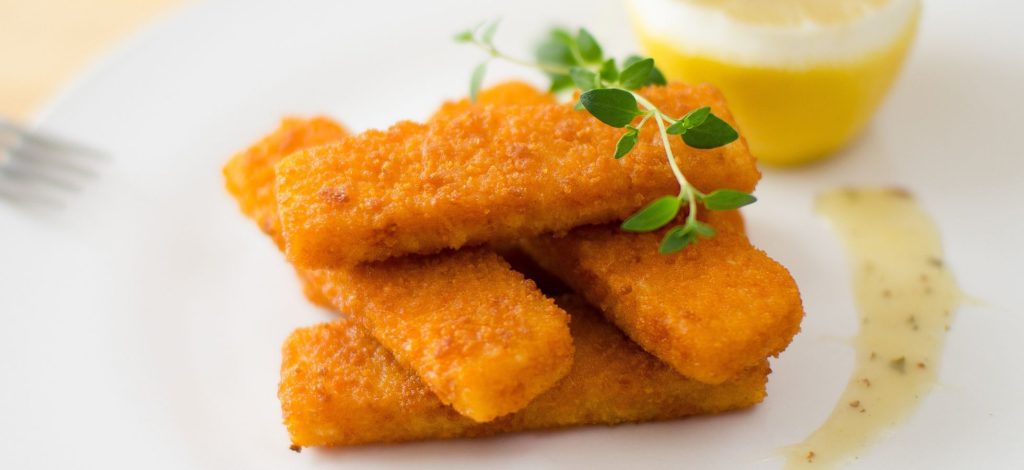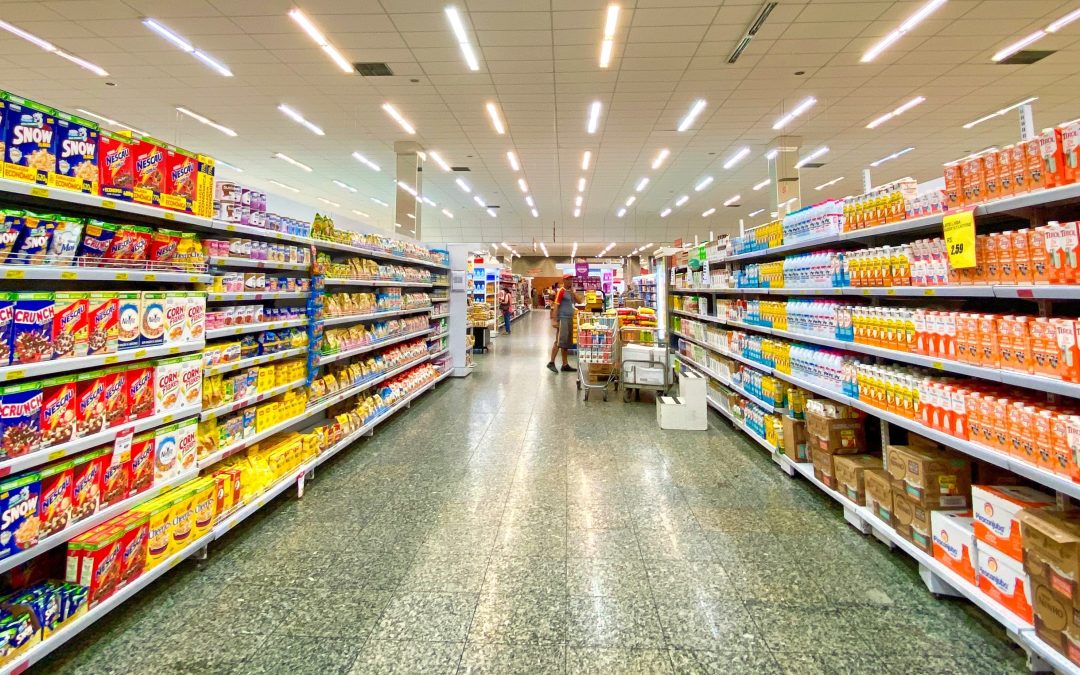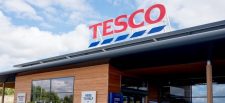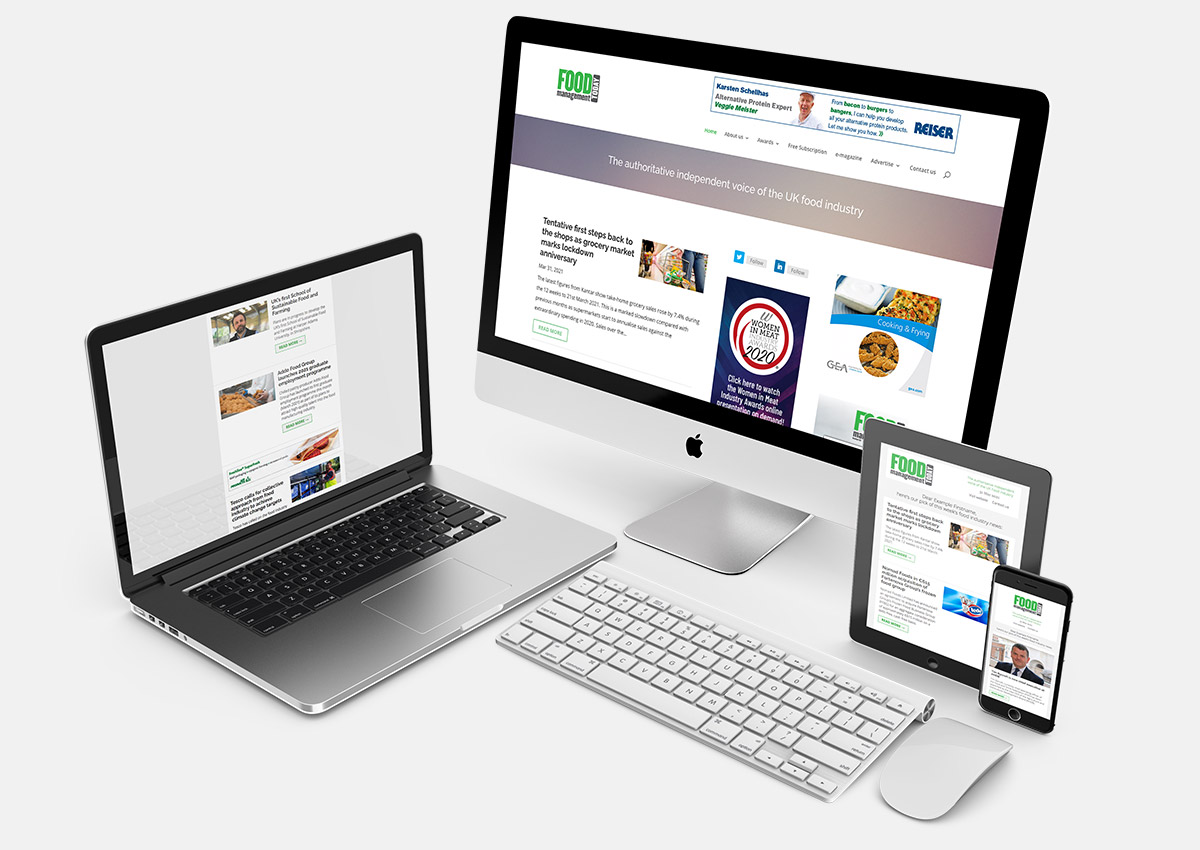Worldpanel by Numerator (formerly Kantar) has released its retail data for the four weeks to 10th August 2025, finding that growth in sales of branded grocery items was ahead of own-label by 2%.
Grocery price inflation has nudged down slightly to 5%, while take-home sales at the grocers grew by 4% on the year over the four weeks to 10th August. The rate of grocery price inflation was 5.2% in July. Prices rose fastest in markets such as chocolate confectionary and fresh meat, while falling fastest in dog food and sugar confectionary categories.
Fraser McKevitt, head of retail and consumer insight at Worldpanel, commented: “We’ve seen a marginal drop in grocery price inflation this month, but we’re still well past the point at which price rises really start to bite and consumers are continuing to adapt their behaviour to make ends meet.
“What people pay for their supermarket shopping often impacts their spending across other parts of the high street, too, including their eating and drinking habits out of the home. Casual and fast service restaurants especially have seen a decline in visitors over the summer, with trips falling by 6% during the three months to mid-July 2025 (Worldpanel by Numerator Out-of-Home, percentage change in trips to quick service restaurants 12 weeks ending 13th July 2025 vs the same period in 2024) – compared with last year. The outliers in this are coffee shops, which have bucked the trend.”
Sales of branded grocery items grew by 6.1% in July, putting them ahead of own-label alternatives, which were up by 4.1%. This was the largest gap in favour of brands since March 2024.
Worldpanel by Numerator highlighted that branded sales make up 46.4% of all grocery spending, and while it is a smaller part of the market, premium own-label has also continued to do well with sales rising by 11.5% during this period.

McKevitt continued: “The humble fish finger remains as popular as ever and nearly one billion were sold in the past year, with more than half of households grabbing a box.”
Worldpanel by Numerator found that their “enduring presence” on UK plates reflected a much broader shift in people looking for easy and quick-to-prepare foods. McKevitt continued: “The average home cook now spends three minutes less preparing the evening meal than they did in 2017 at just under 31 minutes (Worldpanel by Numerator Usage Foods, time taken to prepare evening meal 52 weeks ending June 2025 vs 52 weeks ending December 2017).
“We can see this trend in the growth of things like microwaveable rice, ready meals and chilled pizza, too, which have grown by 8%, 6% and 5% respectively.”
Retailers see rise in online sales across the board
Lidl and Ocado were tied for top spot as the fastest growing grocers over the 12 weeks to 10th August 2025, with sales at both retailers up by 10.7% compared to the same period last year. Lidl’s share of the market increased by 0.5% to 8.3%, while Ocado now holds 1.9%, up from 1.8% in 2024. Online sales across all retailers rose by 6.7% over the 12 weeks.
Tesco reported its largest monthly share gain since December 2024 as its hold of the market rose by 0.8% to 28.4%. This was driven by sales growth of 7.4% compared to last year.
Spending through the tills at Sainsbury’s was up 5.2% on last year, taking its portion of the market to 15.0%. Sales at Aldi were 4.8% higher, giving it a 10.8% share. Asda and Morrisons’ shares now stand at 11.8% and 8.4% respectively.
Spending at Waitrose grew by 4.8% over the 12 weeks, as its market share now sits at 4.4%. With sales rising by 3.4%, Iceland now holds 2.3% of the market, and convenience specialist Co-op has a 5.4% share of take-home sales.









